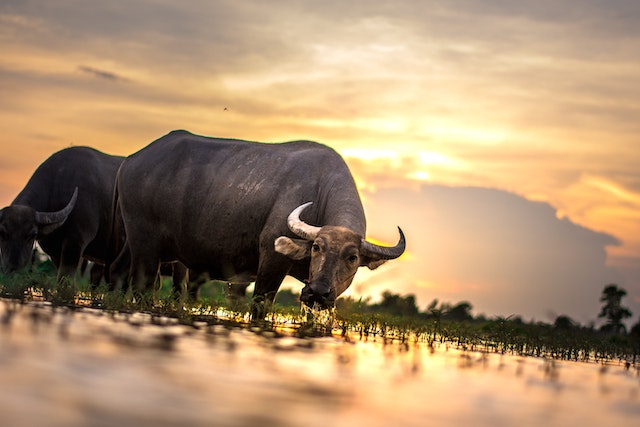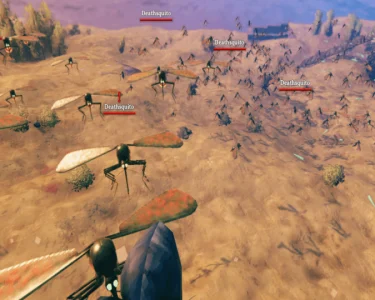Introduction: The Wild Frontiers and Cape Buffalo
In the untamed landscapes of Africa, where the rivers wind through dense forests and grassy plains, there exists a creature of awe and terror—the Cape Buffalo. Join us as we delve into the heart-pounding narratives of those who have confronted the fury of these colossal beasts and emerged with stories of survival.
Knowledge Source
Lisa Rodriguez – Wildlife Explorer and Cape Buffalo Survivor Lisa Rodriguez’s insatiable curiosity and love for the wild have taken her on expeditions across Africa. Her firsthand experience of narrowly escaping a Cape Buffalo encounter adds a unique perspective to this thrilling tale.
Cape Buffalo: Africa’s Silent Menace
Before we plunge into these gripping tales, let’s acquaint ourselves with the Cape Buffalo, a deceptive herbivore concealing a deadly arsenal beneath its serene exterior.
| Characteristics | Description |
|---|---|
| Size | Adult males can weigh up to 2,000 pounds (900 kg). |
| Strength | They are incredibly powerful and can charge at 35 mph. |
| Aggression | Known for their short temper and unpredictable behavior. |
| Group Dynamics | Travel in herds, amplifying the potential threat. |
| Intelligence | Capable of strategic teamwork during confrontations. |
Real-Life Tales of Escaping Cape Buffalo
Lisa Rodriguez’s River Escape
Lisa Rodriguez: “I was exploring the riverside when I stumbled upon a Cape Buffalo near the water. In an instant, it charged. I jumped into the river, using it as a barrier. The buffalo eventually lost interest, and I swam to safety.”
Mark Stevens’ Narrow Dodge
Mark Stevens – Wildlife Filmmaker: “While capturing footage of a herd, a lone bull decided I was a threat. I scrambled up a tree just in time. He circled below, snorting and pacing, but eventually moved on.”
Emma Turner’s Close Shave
Emma Turner – Wildlife Photographer: “I was focused on capturing their behavior when a group grew agitated. I slowly backed away, never taking my eyes off them. It was a tense standoff, but they eventually allowed me to leave.”
Cape Buffalo vs. African Predators
| Attribute | Cape Buffalo | Lions | Leopards | Crocodiles |
|---|---|---|---|---|
| Lethal Attacks | High | Moderate | Low | Low |
| Speed | 35 mph | 50 mph | 36 mph | 20 mph |
| Group Behavior | Herd | Pride | Solitary | Solitary |
| Territory | Savannah | Savannah | Diverse | Waterways |
Surviving the Deadly Waters: Expert Insights
Keep Water as a Barrier
Lisa Rodriguez: “Rivers can be your savior. If a Cape Buffalo charges, consider jumping into a river or using it as a buffer. They are less likely to follow into the water.”

Maintain Calm and Eye Contact
Mark Stevens: “During confrontations, stay calm, and maintain eye contact. Slowly back away to show you’re not a threat. Running can trigger their chase instinct.”
Respect Their Herd Dynamics
Emma Turner: “Understanding their social structure is crucial. If you encounter a herd, keep your distance, and avoid separating individuals from the group. Isolation can provoke aggression.”
Conclusion: Surviving and Thriving in the Wild
The stories of escaping Cape Buffalo in the wild are testaments to human resilience and the mysteries of the untamed world. In the heart of Africa, where beauty and danger coexist, these encounters remind us of the fragility and fortitude of life.
As you embark on your own adventures or vicariously explore the wild through these narratives, remember the lessons imparted by these survivors. Deadly waters may flow, but with knowledge and respect, you can navigate their depths and emerge with stories of courage and survival.




